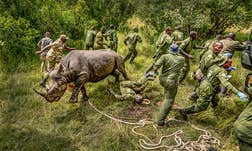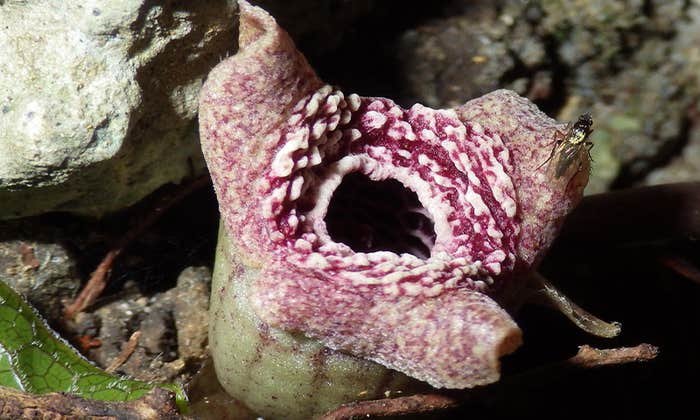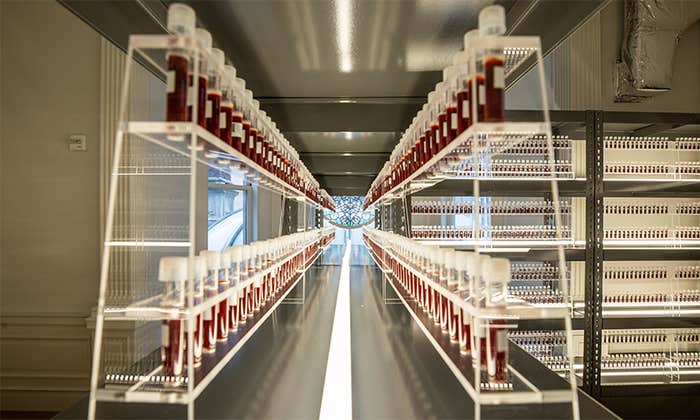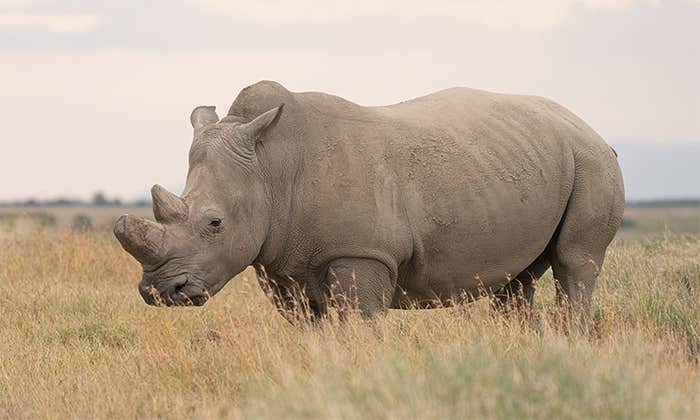Take it from a former cashier: Barcodes revolutionized the grocery store. No longer would an overworked and underpaid employee struggle to recall the difference between a fennel bulb and a celery root, or fall for a price tag swap between canned salmon and canned tuna.
But barcodes were there long before cashiers could scan them. Deep within the flesh of every living being, a short sequence of As, Cs, Ts, and Gs—representing the four chemicals that make up DNA—reveals a species’ unique identity. Paul Bentzen, an ichthyologist at Dalhousie University in Nova Scotia, reads nature’s barcodes to learn about what’s on his plate. He and his colleagues have been stocking a database with DNA barcodes so that within a couple of hours, a person can see whether their fish stick derives from Atlantic cod or Alaskan pollock. Bentzen shares the data with a larger project to barcode all organisms called the Barcode of Life Database (BOLD), based at the University of Guelph in Ontario. Currently, the database includes more than 138,000 entries.
To continue this month’s exploration of decoding life, Nautilus called Bentzen to talk about barcodes and other secrets locked in fish DNA.
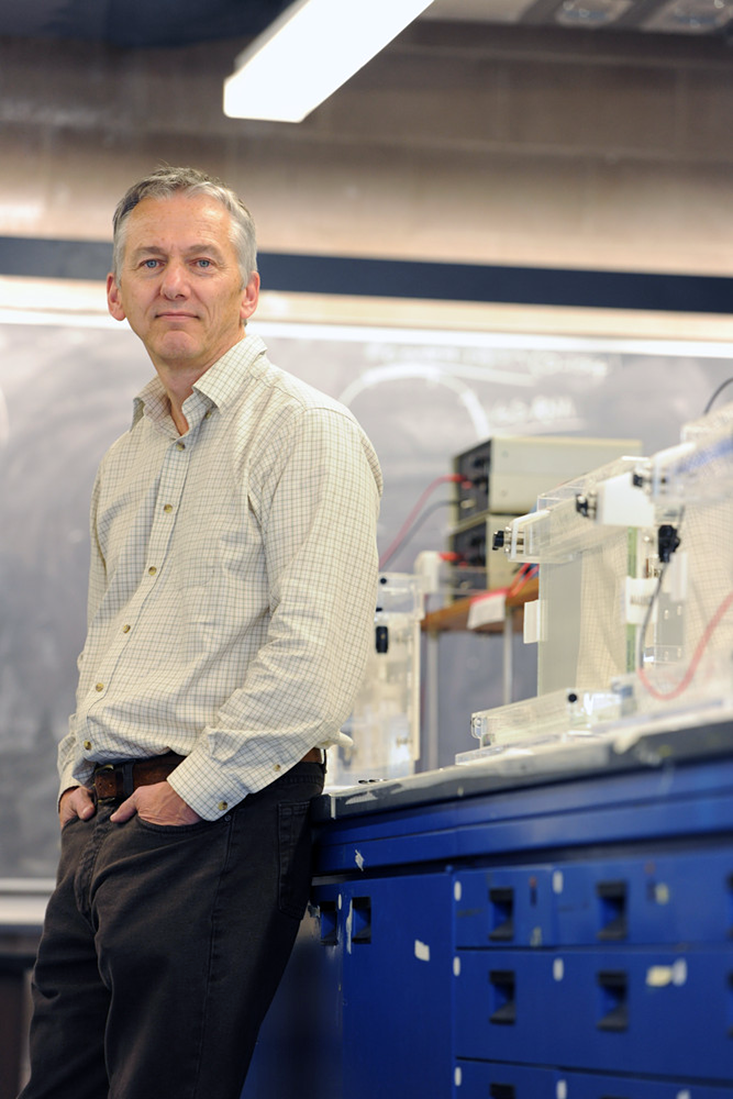
How do you scan an animal’s DNA barcode?
It’s simple work but you need some tools to extract and sequence a specific gene in an organism. For the database, we intentionally chose just one gene to analyze from all animals, called cytochrome oxidase 1, or CO1, that evolves at just the right tempo. A gene that changes too frequently will show so many differences between individuals that differences between species might be lost. And one that changes too slowly cannot discern closely related species.
Once you have the CO1 sequence, which is just about 650 letters long, you copy and paste it into the search box in our database and within seconds it shows you the closest match.
How many fish barcodes have you entered into the database?
In my lab we’ve done all the marine fishes that we can get our hands on off the eastern coast of Canada. We’ve probably entered about 500 species by now.
The database includes all kinds of animals from around the world, but fish serve an important purpose conservation-wise. Seafood is one of the most widely traded commodities on the planet, and it’s clear that species substitution is quite common. People say they’re selling you one thing, but it’s actually another. Sometimes they’ve made an accident, sometimes they’re making a profit, and sometimes they’re selling a fish that’s protected by law. It’s just so easy to do. Once a fish is a fillet, it’s really hard to tell where it came from judging by looks or taste.
Have you ever sequenced your sushi dinner?
Many times. I don’t even bother paying for red snapper anymore because it’s always tilapia. But that’s just a matter of cost. There was a situation a few years ago with this charismatically ugly fish, the wolffish. They aren’t valuable as a seafood commodity, but their numbers are dwindling because they get in the way of fishing trawls. Two of the three species here in Canada are protected, and if you catch them, you’re supposed to put them right back in the water. But a fisheries conservation officer once noticed a fisherman on a landing dock who was cutting the heads and tails off of some fish before putting them on the market. He confiscated the bodies, and they ended up in my lab. Beyond a shred of a doubt we could show that these were wolffish, a protected species. So the guy paid a big fine, and the good news is that word gets around. One case like this and it’s known up and down the shore that it’s not worth it to pull a fast one.
The FDA [United States Food and Drug Administration] in the U.S. and the equivalent Canadian agency have started to make use of the Barcode of Life database too, so that they can ensure that seafood is properly labeled.
Can decoding a fish’s DNA reveal anything more than their identity?
Sure. Depending on which genes you sequence, you can learn about evolution. For example, the gene we use for animals in the barcoding bank—C01—can reveal that two individuals are the same species. However, a faster-evolving gene might vary between the two. If you find that those individuals come from two populations with distinct sets of variations in those genes, it’s possible that the two populations aren’t interbreeding. This could be a sign that they are in the process of splitting into two different species.
Once this process of species formation starts, can it stop?
One thing I’ve been surprised by is that not only can the process of speciation stop, it can reverse. When humans change natural environments by chopping down a forest or introducing a new animal into a lake, for example, they sometimes break down an ecological barrier that was keeping two species apart. Suddenly those two species start to interbreed, and you kind of reverse speciation. Reverse speciation is something that I’m interested in as a scientist, but it’s also a worry because it means a loss of diversity.
Where would barcoding have an immediate impact on diversity conservation?
Wherever there is money to be made, people will try to get around the rules. I’m concerned about the caviar trade because some types of caviar are highly valued. Specifically, caviar from sturgeons can sell for a lot of money, and some species of sturgeons are greatly endangered. Sturgeons have been around since before the dinosaurs, they live for decades and decades; it would really a shame to lose them. So a vendor might sell little eggs from one of the endangered species and label it as a non-endangered sturgeon. Or they are beginning to farm sturgeon in certain places, so a vendor might claim the caviar is from one of these farms when it’s from the wild.
What do you think the future of enforcement through barcoding will look like?
In the ideal world, DNA sequencing will progress to the point where there is no need to involve a lab. Instead we’d have a hand-held device that anyone can operate. A border inspection agent might notice an insect in a crate, pick off a leg, put it in the device and get a read out of a sequence. They’d enter that data into the database online with a mobile application, and an identification would come right back. A web page would open and say, this is what this insect is and this is what we know about it. Sequencing technology has advanced so quickly that I think this will happen.
If DNA barcoding had been common a hundred years ago, we might not have had the terrible tree diseases spread by exotic pests, such as Chestnut Blight, that we do today. Barcoding provides the ability to monitor and catch an outbreak early so that it can be contained.
Lead image: Willughby & Ray, Folio Hand Col Fish Print. Atlantic Wolfish, etc,1686, courtesy of albion-prints.com.


















